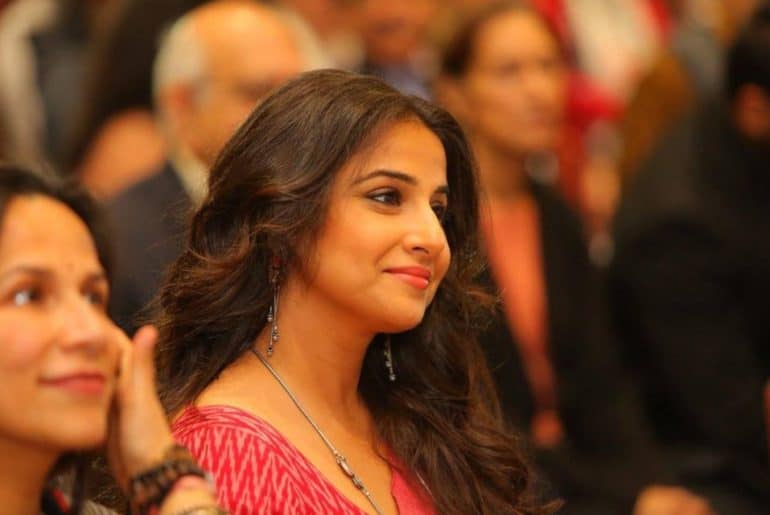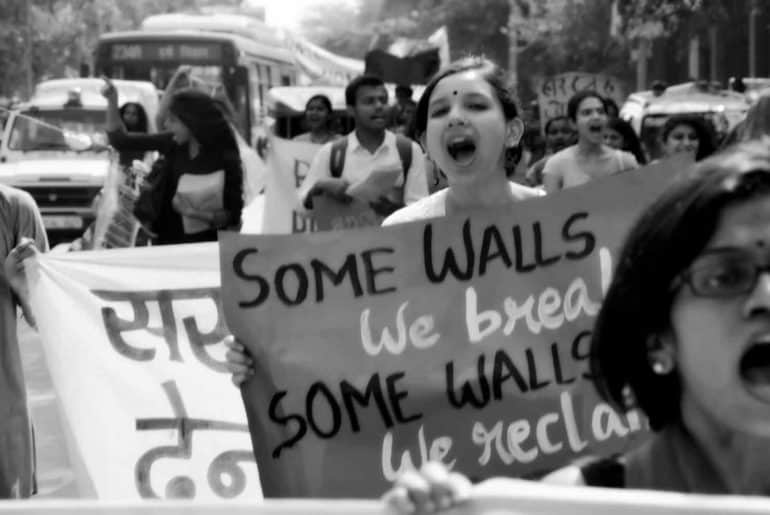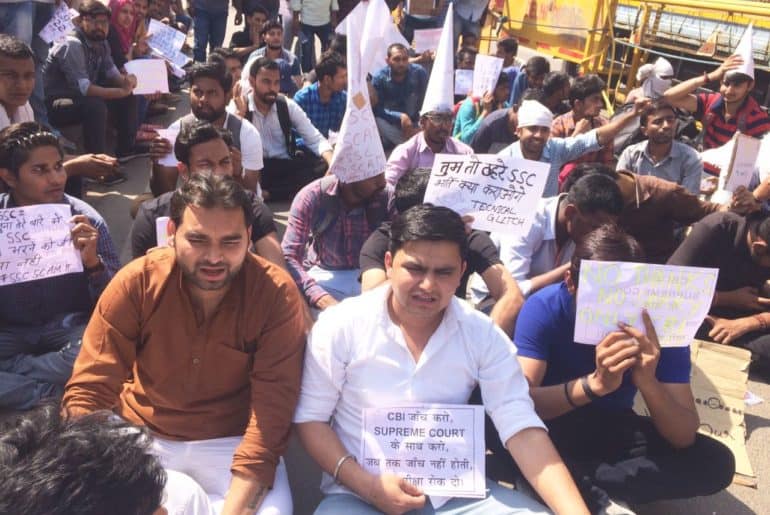The University of Delhi (DU) is the hotbed for groundbreaking and revolutionary student-centric activities. DU takes the cake, both in terms of controversies and accolades. The following list is a roundup of some of the most significant events and happenings around the campus.
The Worst of 2017-18
August 2017
Delhi Government blocked funding to 28 DU Colleges
Out of the 28 colleges under the University of Delhi, the Delhi Government fully funded 12 colleges and partially funded the remaining 16. The Delhi government had decided to pull its funding for all the 28 colleges if the DU Executive Council does not appoint governing bodies of the colleges by July 31. The government has alleged that there has been a “deliberate attempt” to delay the formation of the governing bodies of the colleges, which is why it chose to take the said decision.
Further Reading – https://dubeat.com/2018/03/the-university-of-delhi-finally-approves-delhi-governments-nominees-for-college-governing-bodies/
October 2017
List of sexually predating professors going viral
A list containing the names of 68 academicians from universities across the country was circulated on social media, tainted with charges of sexual harassment and was initiated by Raya Sarkar, an attorney. The list was instantly updated bearing the names of prominent professors, including several from renowned institutions like Jadavpur University, University of Delhi, Jawaharlal Nehru University, St. Xavier’s College, Ambedkar University, and more.
Further Reading – https://dubeat.com/2017/10/named-and-shamed-list-of-sexually-predating-professors-goes-viral/
18% GST on Educational Institutions
Professors from the University of Delhi want the removal of the Goods and Services Tax which is applicable to academic activities such as application forms, examination fees, and entrance fees.
Further Reading – https://dubeat.com/2017/10/18-gst-on-educational-institutions-du-professors-want-a-rollback/
Audit Report on DU Irregularities
An audit report was done by Comptroller and Auditor General (CAG), the University of Delhi reveal irregularities regarding appointments; land acquisition, income tax etc. They assessed several financial and administrative irregularities in its audit report of DU. These irregularities were assessed earlier this year. A lot of questions were raised on the university’s alleged “adventurous expenditure”.
Further Reading – https://dubeat.com/2017/10/audit-report-on-du-irregularities/
November 2017
Controversies Plagues the DUSU EC Results
Elections of the Executive Committee of the Delhi University Students’ Union (DUSU) saw major unrest after a voter, Gaurav Sharma, a central council member of Sri Guru Nanak Dev Khalsa College, alleged that somebody had forged his signature and voted on his behalf.
Further Reading – https://dubeat.com/2017/11/dusu-ec-results-announced-amidst-much-ruckus/
December 2017
A steep increase in Metro Fares hit students hard
Barring the minimum fare of Rs. 10 for a distance of 0-2 km, which has remained the same, fares have been raised for all other slabs. This has evoked mostly negative responses for student commuters and has caused chaos all over Delhi-NCR.
Further Reading – https://dubeat.com/2017/12/steep-increase-in-delhi-metros-fares-has-hit-the-students-hard/
January 2018
Ramjas College Principal accused of Financial Misconduct
On 25th of January, more than 200 teachers, students, and members of the non-teaching staff of University of Delhi’s Ramjas college held a dharna and demanded action against Dr P.C. Tulsian, Acting Principal, Ramjas College. Dr Tulsian has been accused of syphoning students’ fund to pay employees who were not on the college payroll, causing a financial discrepancy in the college accounts.
Read more – https://dubeat.com/2018/01/students-and-teachers-rebel-against-ramjas-colleges-principal/
February 2018
ABVP Members accused of harassing Kawalpreet Kaur
Kawalpreet Kaur, the University of Delhi (DU) President of All India Students’ Association (AISA), has alleged that she was harassed and verbally abused by students affiliated to the Akhil Bhartiya Vidyarthi Parishad (ABVP) at an event at Satyawati College, on 22nd February 2018.
March 2018
Hundred’s participate in DUTA’s People’s March
On 28th of March, the much-anticipated People’s March led by the Delhi University Teachers’ Association (DUTA) saw the participation of hundreds of students, workers, and teachers. The demonstrators raised an array of issues like the 70:30 funding formula, Self-financing of courses, Negative Pay and Service Conditions of teachers, attack on Reservation and Loan-funding through Higher Education Funding Agency (HEFA), etc.
Further Reading – https://dubeat.com/2018/03/hundreds-participate-in-dutas-peoples-march/
Not a single student in the DU Academic Council since the last 10 Years
An RTI has uncovered that the highest academic body of the University of Delhi, Academic Council, has not seen a single student as a member in the last 10 years. The highest academic body of the varsity, Academic Council, is responsible for the preservation of standards of instruction, education, and examination within the University.
Further Reading – https://dubeat.com/2018/03/not-a-single-student-member-in-du-academic-council-since-the-last-10-years/
The Best of 2017-18
HC order re-exam fora Visually Challenged student who missed his train
Setting an example of upholding the rights of disabled students, the Delhi High Court ordered the University of Delhi to conduct another entrance exam in order to aid a visually challenged aspirant. On 22nd August 2017, the Delhi High Court directed the University of Delhi (DU) to conduct an entrance examination for the visually challenged youth who could not appear for the M.Phil.
Further Reading – https://dubeat.com/2017/08/in-a-first-hc-orders-special-exam-for-visually-challenged-aspirant-who-missed-train/
September 2017
Delhi School of Journalism kicked off its journey
The Delhi School of Journalism (DSJ) kicked off its journey with an orientation programme in seminar hall of Cluster Innovation Centre on 26th September. The event which marked the beginning of DSJ saw Prof. Yogesh Tyagi, Vice-Chancellor of the University; Prof. Devesh Kumar Sinha, Dean of Colleges; Prof J.P Dubey, Dean of Faculty of Social Science as the guests of the occasion.
Further Reading – https://dubeat.com/2017/09/delhi-school-of-journalism-begins-its-classes-vc-says-the-centre-will-become-better-than-columbia-school-of-journalism/
October 2017
First Digital Library installed at Gwyer Hall
Gwyer Hall, oldest DU boys’ hostel gets first digital library on Saturday, in a first of its kind initiative. Launched with 10 lakh e-resources, a seed fund of Rs 15 lakh was granted by Delhi BJP chief Manoj Tiwari from his MPLADS fund for the library.
Further Reading – https://dubeat.com/2017/10/first-digital-library-installed-at-gwyer-hall/
The University of Delhi beats IITs and IISC in CWUR rankings
The Centre for World Universities Rankings (CWUR) is an annual academic ranking system of global universities. In CWUR-2017, the University of Delhi tops the chart. It has got a world rank of 397 with 43.61 marks, followed by the Indian Institute of Technology (IIT), Delhi, which has a world rank of 399 with 43.6 marks.
Further Reading – https://dubeat.com/2017/10/university-of-delhi-beats-iits-and-iisc-in-cwur-university-rankings/
January 2018
NSUI led DUSU launched the Student Charter
In an exceptional initiative, the NSUI-led Delhi University Students’ Union (DUSU), in consultation with the University of Delhi, has drafted a Students’ Charter that seeks to enable students to exercise their rights.
Further Reading – https://dubeat.com/2018/01/nsui-led-dusu-launches-students-charter/
Delhi University Students’ Union launches Gender Sensitization Cell
On 15th January, the Delhi University Students Union (DUSU) launched a Gender Sensitisation Cell (GSC). Rocky Tuseed, President of DUSU, is set to act as the Chairman, while Narayani Anand, a student of Campus Law Center, is announced as the Convener. The GSC will be operated from the DUSU office space at Chhatra Marg in the North Campus.
Further Reading – https://dubeat.com/2018/01/delhi-university-students-union-launches-gender-sensitisation-cell/
April 2018
Miranda House declared the Best College by 2018 NIRF Rankings
The Ministry Of Human Resource Development’s National Institutional Ranking Framework (NIRF) ranked University of Delhi’s Miranda House, situated in North Campus, as the best college.
Further Reading – https://dubeat.com/2018/04/iisc-bengaluru-declared-as-the-best-university-miranda-house-tops-the-college-category-in-nirf-india-rankings-2018/
May 2018
Keshav Mahavidyalaya votes in favour of DUSU Affiliation
On 2nd May 2018, the students of Keshav Mahavidyalaya voted in favour of the establishment of a Students’ Union in the college and its affiliation to the Delhi University Students’ Union (DUSU). In a much-publicised referendum, the “Ayes” received a thumping majority.
Further Reading – https://dubeat.com/2018/05/keshav-mahavidyalaya-says-yes-to-the-students-union-and-affiliation-to-dusu/
All photos have been duly credited in the articles linked below the article linked to their respective point
Kinjal Pandey
Sandeep Samal




























